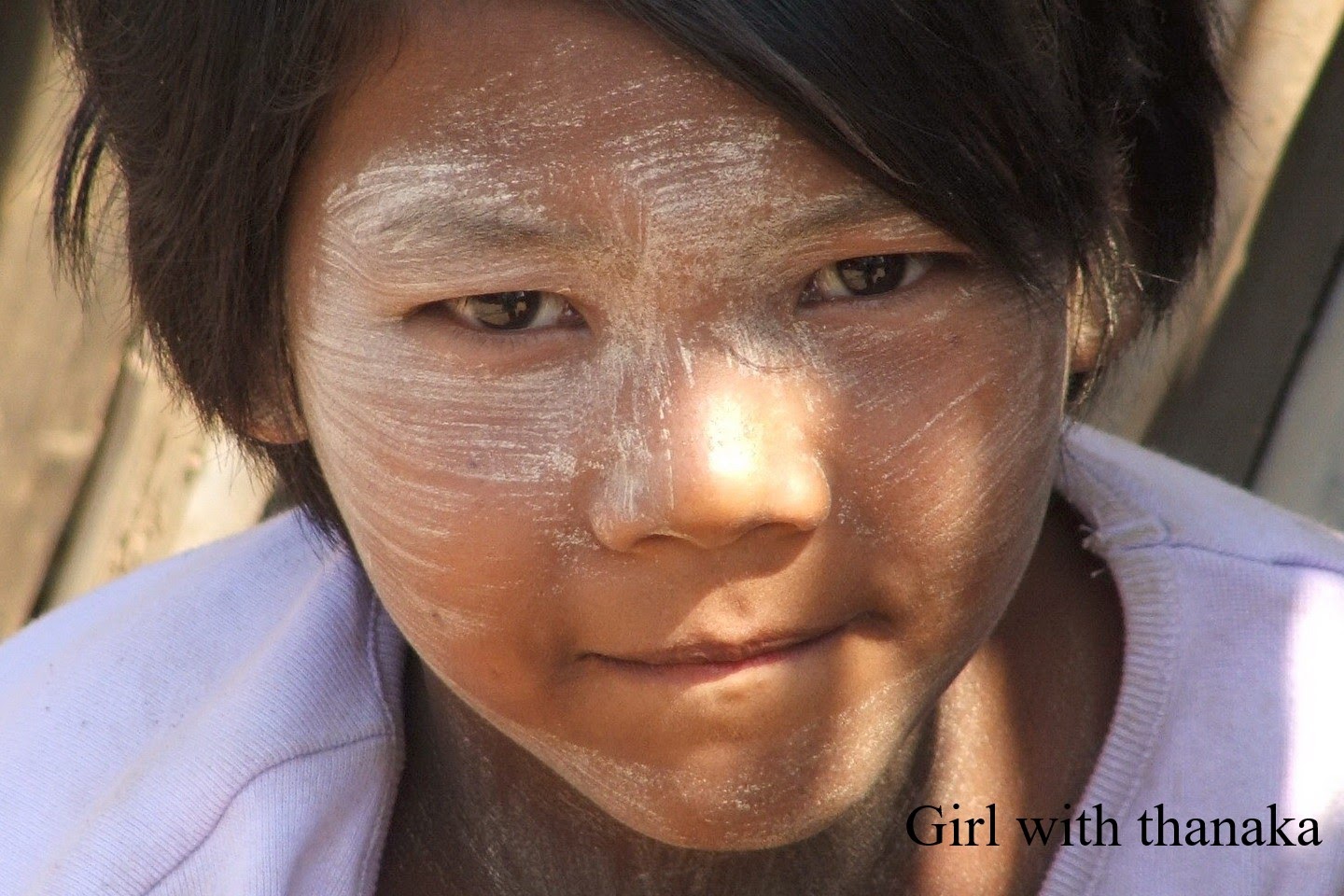By Hnin
n the bustling crowds of Myanmar, as people whisk by, we can see that their faces possess a pale yellow pigment. Some painted prettily, perhaps, into graceful leaves and some smeared carelessly all over their profile. Most often, we encounter two bright yellow circles on both cheeks and without a doubt; this is thanaka, one of the nation’s most prominent prestiges with a deep-rooted history.
Since the earliest literary mention of thanaka during King Razadarit’s reign in the 14th century, it has flourished into a daily essential for Burmese people - men, women and children alike - till this day. Contrary to modern cosmetics, it is neither used to highlight certain features nor to hide faults; instead, it serves as an evident centrestone of radiance. As we hold the bark of thanaka trees - originating from central Myanmar - and scrape it against a sandstone slab (kyauk pyin), the sweet-scented thanaka paste is formed.

Desire a fresh, glowing complexion? Seeking a bundle of therapeutic results? Don’t look any further, for thanaka is not only a cosmetic, but also a healthy solution to precisely everything (as custom tells us) - acne, sun protection, rashes, malaria, epilepsy, just name it. While a study recounts that it contains antioxidants and anti-inflammatory features, there continues to be little medical research on the thanaka tree, ‘limonia acidissima’ in botanical terms and its effects. But at least, as long as we avoid consuming an apple and thanaka altogether, like some locals believe, we can assume thanaka brings no harm to us.
The older generations swear to abide by the supposedly purer, organic thanaka but a quick dab of thanaka cream, lotion or powder - thanks to today’s modern adaptations - seems to prove far more efficient and cost-effective than the traditional approach of forming paste. These conglomerates, such as Shwepyinan and Shwebo Thanaka, appeal more to younger people but not quite enough. With foreign culture and contemporary looks sweeping the headlines in the country, most of the population, especially youngsters, refuse to give up their trendy makeup for thanaka; on a side note, it may also be considered unfitting in certain professions.
While the thanaka industry is being somewhat stagnant, its crop market is facing its own challenges: deflating prices and dwindling supply. In recent years, alternative crops have been grown to what otherwise would have been thanaka plants, since thanaka has sluggish growth and can’t be harvested quickly. The lack of buyers has caused prices to nosedive too, thereby creating a vicious cycle of low supply and low prices; ultimately jeopardizing the longevity of thanaka in today’s society.

As Myanmar’s Ministry of Religious Affairs and Culture had set the plan to incorporate thanaka into UNESCO’s “Intangible Cultural Heritage” in motion back in 2020, it should be our moral responsibility as the people of Myanmar to improve its authenticity, especially in daily life. As a growing number of foreign corporations use it in their cosmetic products, we ought to portray thanaka in a bigger, brighter light as well, for it is a treasured possession of our locality, perhaps since during the Bagan period as archeological proof of mural paintings indicates.

Celebrities and influencers increasingly wearing thanaka or greater depictions of thanaka in mass media or touristic settings can perhaps cause a bold resurgence. There’s no saying that re-integrating thanaka into literature or music won’t spark newfound interest either. The natural cosmetic, perhaps surprisingly, still remains commonplace among Myanmar people regardless of social or economic status despite such global societal changes. All in all, it’s certain that the centuries-old and adored thanaka will last for years to come, both as an adornment and as a remedy.









.png)
.svg)
